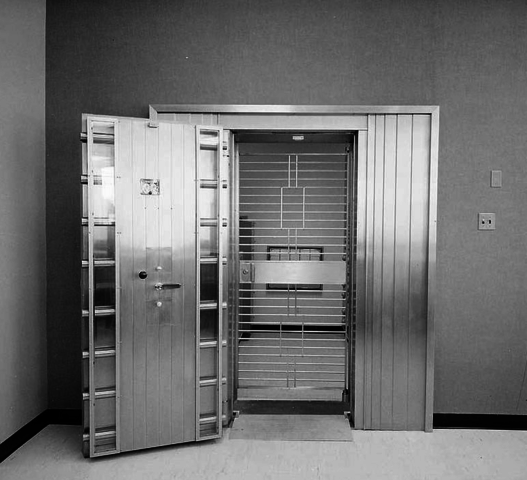The Rush for Gold (Part 3)
The Rush For Gold, What you need to know when buying gold bar
Now that we are familiar with the strong case for buying physical gold and what’s happening in the world of gold, it’s time to learn what you need to know when buying physical gold.
1. Know your gold bar
Each bar of gold bears 4 unique identifying marks (see photo):
- The refiner’s hallmark
- Purity
- Weight
- Unique serial number.
These 4 unique marks are what allow clients to know which bar they bought. This is the key to having allocated holdings of bullion. These marks should appear on the purchase invoice and on your storage receipt (in case you store your gold).
2. Know your vault in the Rush For Gold
First, where you store your gold depends on the value of your holdings
We recommend not to keep large quantities of metals at home, and not to trust the bank’s safe deposit boxes service, as their content is not insured and you are subject to the banks’ changing terms and conditions and reporting requirements.
Second, where do you want to store your gold?
We have no preference or bias but our clients’ store based on their perception of risk. Most of our clients find Singapore and Hong Kong to be safe for long-term storage. In the rush for gold, Switzerland, the large gold storage centre, is in decline, due to rising concerns about the Swiss government’s commitment to confidentiality and the political and financial uncertainty around the future of Europe.
Third, the vault operator
It is important to verify that the vault operator is liable for physical loss and that it maintains a solid insurance policy to back its liability. It is also important to verify that the vault operator is following best practices standards for surveillance & protection systems.
3. The LBMA Ecosystem
Keep your gold within the London Bullion Market Association “ecosystem” (Chain of Integrity). Make sure you buy newly minted gold bars that were refined by a refinery that is listed on the London Bullion Market Association gold list. When it comes to storage, make sure that the vault is operated by an association member of the LBMA.
As soon as you use any organization not accredited by the LBMA, you’re automatically out of the ecosystem, and when you want to get back in, additional costs will be incurred.
4. Allocated holdings
Very few investors realise they never invested in their “own” assets until they want to take possession of their assets and are charged a “fabrication” fee. Whoever you buy from and store with should be able to easily provide you with the bars’ details. Before you rush for gold, we strongly recommend inspecting the gold bars once in the vault and making sure you can access them anytime and on short notice.
5. Form – bar or coin
The rule of thumb is the smaller the unit, the higher the premium you pay on top of the spot price of gold. However, the advantages of buying coins are that you can liquidate them in lower values than whole bars, most of bullion coins are legal tender, and the fact that when liquidating coins, you will be paid closer to the actual price of gold than when selling bars. About a quarter of our clients invest in both forms for good diversification.
Parts 1 and 2
Although, this part 3 does conclude our short but informative series on Gold. Of course, we will be discussing the world’s favorite precious metal in many more blogs. However, in the meantime, do check out our other two parts in this series. Click here for Part 2 of our short series in this sequence “The Rush For Gold” and learn more insights into our ancestors used gold and looked for gold across our planet. The click here to Part 1, and discover how we find gold today, what it’s used for, and its ultimate wealth.


